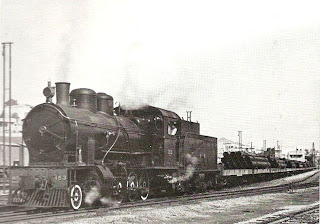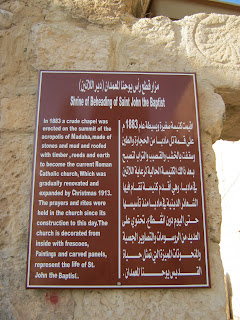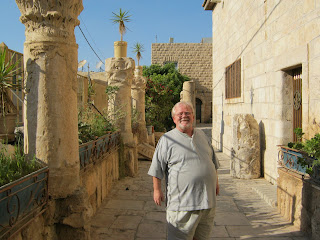King Hussein bin Talal 1935 – 1999
Today is the birthday of His Majesty, King Hussein bin Talal, the fortieth generation direct descendant of Prophet Mohammad, who led his country through wars and *turmoil* and saw it become an oasis of peace and stability and inspired a spirit of openness, tolerance and compassion in the Middle East. Jordanians call him Al-Malic Al-Insan, The Humane King. His memory and legacy will serve as an example of guidance to the Kingdom of Jordan for many generations to come.
On 14th November 1935, Prince Talal bin Abdullah and Princess Zein al-Sharaf bint Jamil presented the world with a new son. Having finished his elementary education in Amman, the young Prince attended Victoria College at Alexandria, Egypt and Harrow School in England. His military education was received at the Royal Military Academy, Sandhurst in England.
On 20th July 1951, Hussein was with his grandfather, King Abdullah when he was martyred at al-Aqsa mosque in al-Quds (Jerusalem) as they went in for regular Friday prayers. The King had recently given a medal to Hussein and insisted that he wear it. This medal saved the Prince from the bullet of the assassin.
On 11th August 1952 Hussein was proclaimed King of the Hashemite Kingdom of Jordan, succeeding his brother, King Talal. As he had not yet reached the age of majority, the kingdom was administered by Regency Council. Upon reaching the age of 18, according to the Islamic calendar, King Hussein ascended to the throne on 2nd May 1953. He guided the kingdom for 47 years. At the time of his death he was the longest serving head of state in the world.
His Majesty worked tirelessly to build the kingdom and to raise the standard of living for all Jordanians. He concentrated, in the beginning on building an economic and industrial infrastructure to achieve that goal. The 1960s saw a network of highways built and the development of phosphate, potash and cement industries.
Between 1960 and 1996 the literacy rate of 33% was increased by 85.5% and water, sanitation and electricity, which had been available to only 10% of the population, was increased to a staggering 99% of households. Infant mortality declined more than 47% during his reign. Believing that the greatest asset of Jordan is her people, the King encouraged everyone, including the less fortunate, the disabled and the orphaned to achieve more for themselves and for their country.
The length and breadth of his reign was a struggle to promote peace in the Middle East. He was one of the main drafters of UNSC Resolution 242, calling for Israel to withdraw from the Arab lands occupied in the 1967 war. This resolution still stands as the benchmark for all peace negotiations. He further played a pivotal role in convening the Madrid Peace Conference. The Peace Treaty between Jordan and Israel, signed in
1994 is a major step toward achieving a just, comprehensive and lasting peace in this region.
His Majesty’s peacemaking efforts did not end with the Palestine-Israel conflict. He worked to resolve disputes in all the Arab states, particularly in Iraq and Kuwait in 1990-91 and the Yemeni civil war.
Thanks to King Hussein’s leadership and guidance the Kingdom of Jordan is internationally recognized as having the most exemplary human rights record in the Middle East. His commitment to democracy, human rights and civil liberties has made Jordan a model state for the region. He appointed a Royal Commission in 1990 representing a cross-section of Jordanian political thought to draft a national charter. That charter serves until today as a guideline for democratic institutional and political pluralism in Jordan. The parliamentary elections in 1989, 1993 and 1997 were internationally accredited as among the freest and fairest in the history
of the Middle East.
In his Speech from the Throne, opening the Thirteenth Parliament in 1997, His Majesty said “The role of women today has become more important and crucial than at any other time. The Jordanian woman has excelled in the field of education and succeeded in different professions and contributions in various organizations. Her support of official efforts to serve society and develop the countryside has become stronger. She also began to take part in the political life, becoming an important pillar of the democratic structure. This is why we must all pay serious attention to some of the dangerous phenomena that remain a source of women’s suffering, and which – unfortunately – constitute an inhuman violation of their basic rights. The most serious and dangerous of those is the visible and hidden violence, which was the focus of many international conferences. This does not befit our Arab and Islamic society: the society of solidarity. It is a flagrant contradiction with our ongoing calls to preserve human dignity and all human rights.”
Many books about His Majesty have been written, and he himself wrote three. In 1962 he wrote Uneasy Lies the Head, about his childhood and early years as King. In 1969 he penned My War With Israel and Mon Metier de Roi.
The King was very well known round the world to Ham radio operators who readily recognized the friendly voice of “JY1”. Toward the end of his life King Hussein began surfing the web and learned to appreciate the power of the World Wide Web as a force for progress and understanding. One more aspect of his massive legacy is his directive to provide internet access to every Jordanian school.
Twelve years after his passing His Majesty, King Hussein I is still missed. It’s a rare day that I go out and chat with friends and relatives that his name does not come up. His memory is still fresh in the mind of every Jordanian, and I suspect every Arab. Despite the fact that I came here ten years after his passing, I find that I too have learned an appreciation of and respect for his memory.
May he rest in peace.













































































